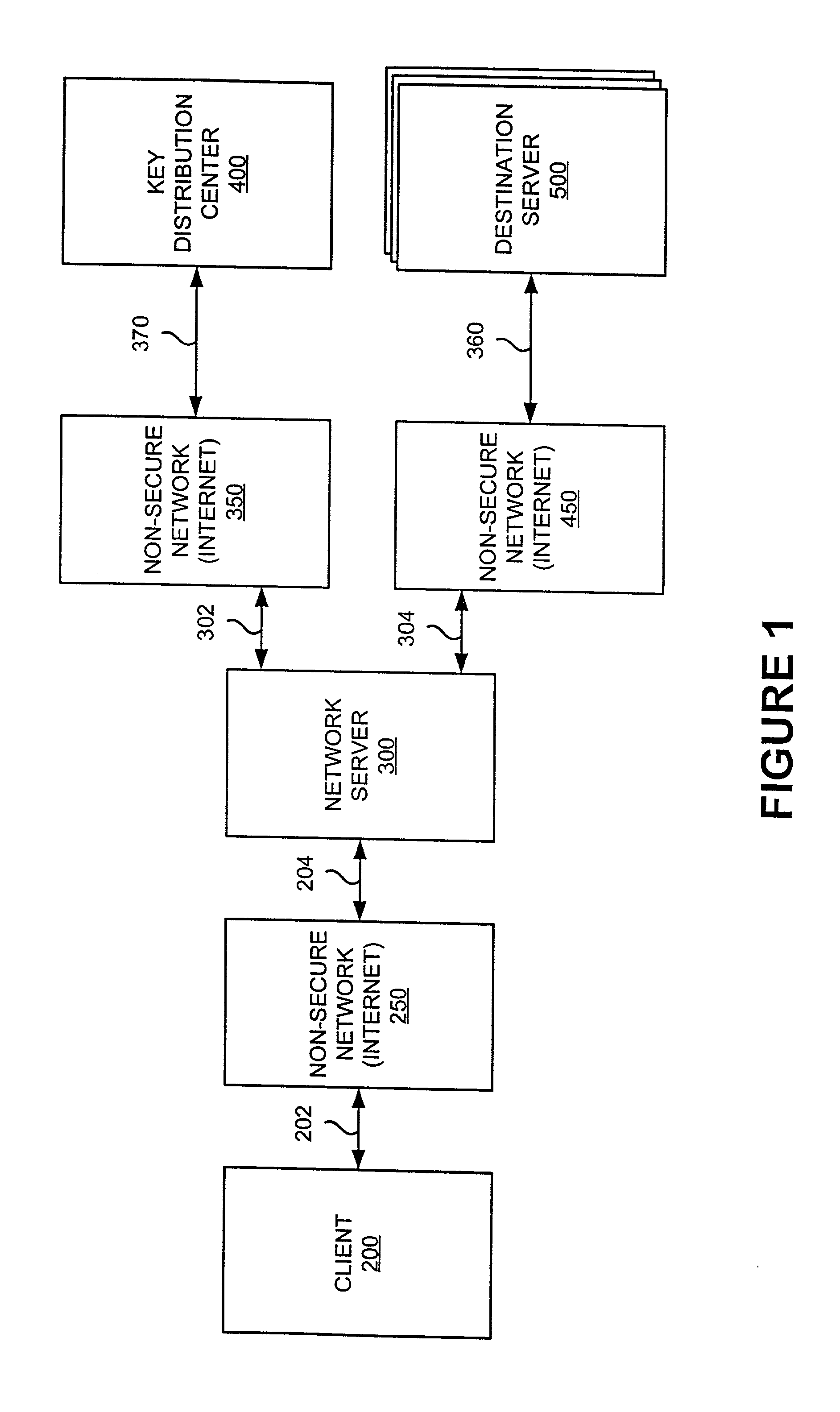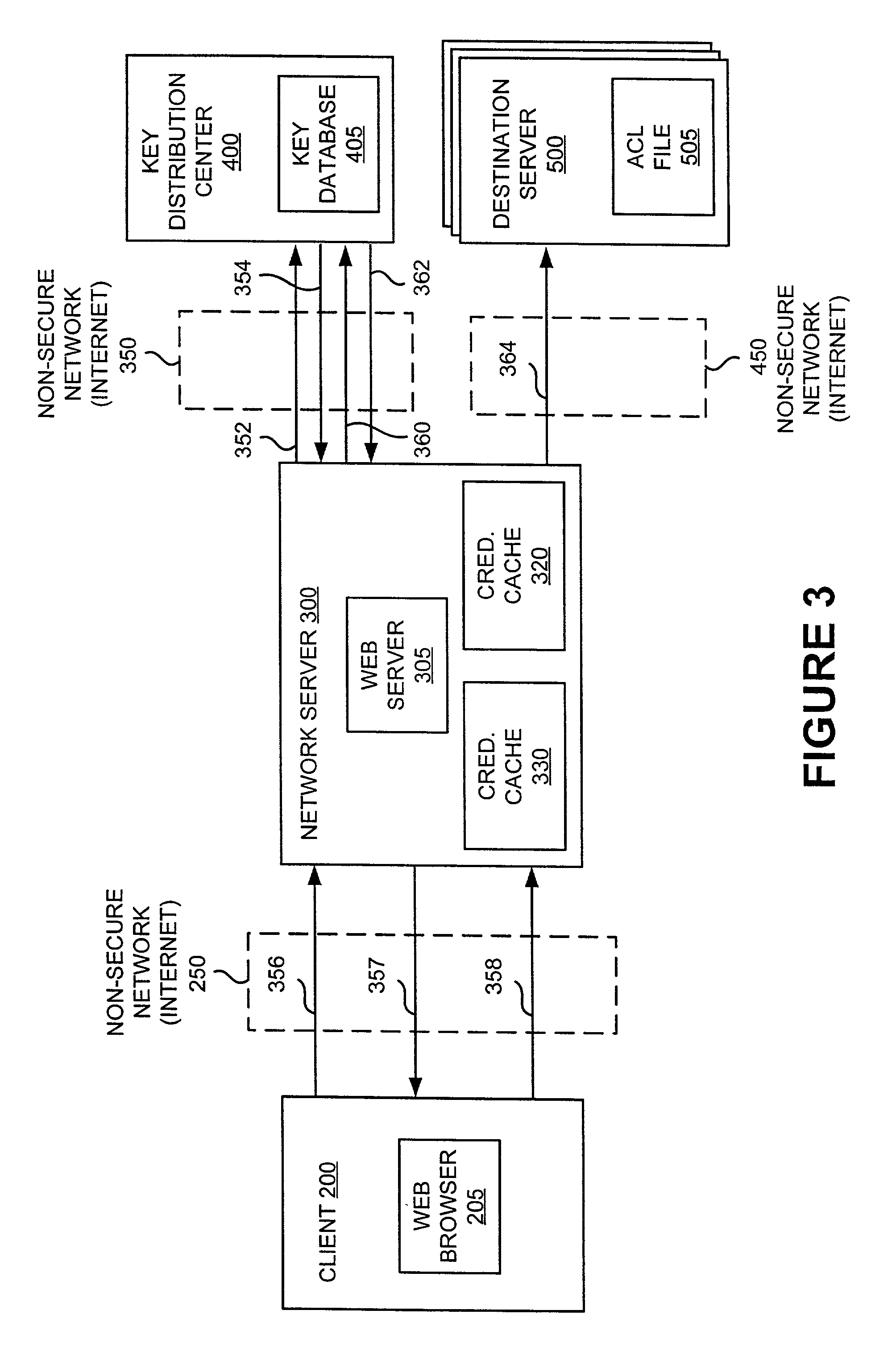Platform-neutral system and method for providing secure remote operations over an insecure computer network
a technology of remote operations and computer network, applied in the field of platform neutral system and method for providing secure remote operations over an insecure computer network, can solve the problems of inability to simply send a password in the clear, inability to secure the interconnection between the computers, and inability to secure the security of the remote operation, so as to and increase the security of the transaction.
- Summary
- Abstract
- Description
- Claims
- Application Information
AI Technical Summary
Benefits of technology
Problems solved by technology
Method used
Image
Examples
Embodiment Construction
[0002] 1. Field and Background of the Invention
[0003] The present invention relates to improving the security of data transmission between computers using an insecure network, particularly to methods and systems for improving the integrity and security of messages transmitted from a client to a network server and then to a destination server or from the destination server to a network server and then to the client as part of a distributed computer system.
[0004] A distributed computer system comprises multiple distinct computers, which are interconnected. One simple example of a general-purpose distributed system is a networked system comprising several workstations and servers interconnected through a network. Networks are popular because they allow organizations to share information and resources. Furthermore, in a networked system, if one computer breaks, or "crashes," the others may continue to operate.
[0005] The type, cost and reliability of the manner of interconnection can be ...
PUM
 Login to View More
Login to View More Abstract
Description
Claims
Application Information
 Login to View More
Login to View More - R&D
- Intellectual Property
- Life Sciences
- Materials
- Tech Scout
- Unparalleled Data Quality
- Higher Quality Content
- 60% Fewer Hallucinations
Browse by: Latest US Patents, China's latest patents, Technical Efficacy Thesaurus, Application Domain, Technology Topic, Popular Technical Reports.
© 2025 PatSnap. All rights reserved.Legal|Privacy policy|Modern Slavery Act Transparency Statement|Sitemap|About US| Contact US: help@patsnap.com



